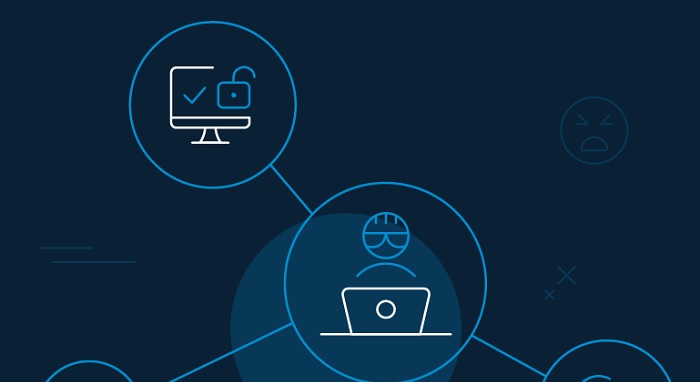Table of Contents
- Educate Employees on Social Engineering Tactics
- Establish Strong Authentication Protocols
- Employ Access Controls
- Utilize Security Software
- Leverage Employee Monitoring Systems
Educate Employees on Social Engineering Tactics
As an employer, it is important to ensure that your staff is educated on the potential risks and threats posed by social engineering tactics. Social engineering is a form of attack that uses deception and manipulation to gain access to confidential information, such as passwords, financial data, or access to physical locations. To protect your business from social engineering attacks, you should provide employees with training on how to recognize and respond to potential threats. Here are some tips to help educate your staff on social engineering tactics: Explain the concept of social engineering. Make sure your employees understand the basics of social engineering and how it works. Explain that attackers may use methods such as phishing emails, phone calls, text messages, and more to try to gain access to confidential information. Emphasize the importance of keeping confidential information secure. Provide your staff with detailed guidelines on how to handle and protect confidential information, such as passwords, financial data, and other sensitive information. Educate employees on how to detect suspicious activity. Teach your staff how to recognize suspicious emails or phone calls that may be attempting to gain access to confidential information. Teach employees about the consequences of sharing confidential information. Make it clear to your staff that disclosing confidential information could have serious consequences, such as financial loss, identity theft, and more. By educating your employees on the risks and consequences of social engineering tactics, you can help protect your business from potential cyber threats.Establish Strong Authentication Protocols
The best way to keep data secure is to establish and maintain strong authentication protocols. Authentication protocols provide a foundation for secure access to networks and systems. They ensure that only authorized users can access resources. Authentication protocols are based on a combination of authentication methods such as passwords, two-factor authentication, biometric scans, and other forms of identification. These methods are designed to provide a secure, reliable way to identify users and verify their credentials. When setting up authentication protocols, there are several important steps to follow: Establish a secure password policy. Passwords should be complex, and should not be shared with anyone. Passwords should be changed regularly, and should never be reused. Enable two-factor authentication for all users. Two-factor authentication requires two independent factors for authentication, such as a password and an additional form of identification like a one-time code. Implement biometric security, such as facial recognition or fingerprint scanning. Biometric authentication is a secure and reliable way to verify a user’s identity. Monitor user activities. Administrators should monitor user activities to ensure that unauthorized access is not occurring. Secure all devices. All devices that are connected to the network should be secure and updated regularly. By following these steps, organizations can ensure that their data is secure and that only authorized users can access it. Establishing strong authentication protocols is essential for protecting data from unauthorized access.Employ Access Controls
Access controls are essential for securing and protecting an organization’s sensitive data and systems. Access controls are designed to limit the ability of unauthorized users from accessing a system or its resources. Organizations use access control to identify, authenticate, and authorize users to access certain resources. These controls also help protect the integrity of systems and data by preventing unauthorized alteration or deletion of data. Access control systems can be divided into two categories: physical access controls and logical access controls. Physical access controls are used to protect physical resources such as buildings, areas within a building, and computer systems. Logical access controls are used to protect data and systems from unauthorized access and data tampering. In order to implement effective access control, organizations must first identify and classify the assets that need to be protected. This includes identifying the types of users and the resources they are authorized to access. Organizations must also define the roles and responsibilities of each user and ensure that access is granted only to those who need it. Organizations must also implement appropriate authentication and authorization mechanisms to ensure that only authorized users are able to access restricted resources. This includes implementing strong passwords, two-factor authentication, and identity management systems. Finally, organizations must define and monitor user access levels and ensure that all users are in compliance with the access control policy. Access control systems should be regularly reviewed and monitored to ensure effectiveness and to detect any suspicious activity. Organizations should also have a process in place to track and respond to any security incidents.
Comments (0)